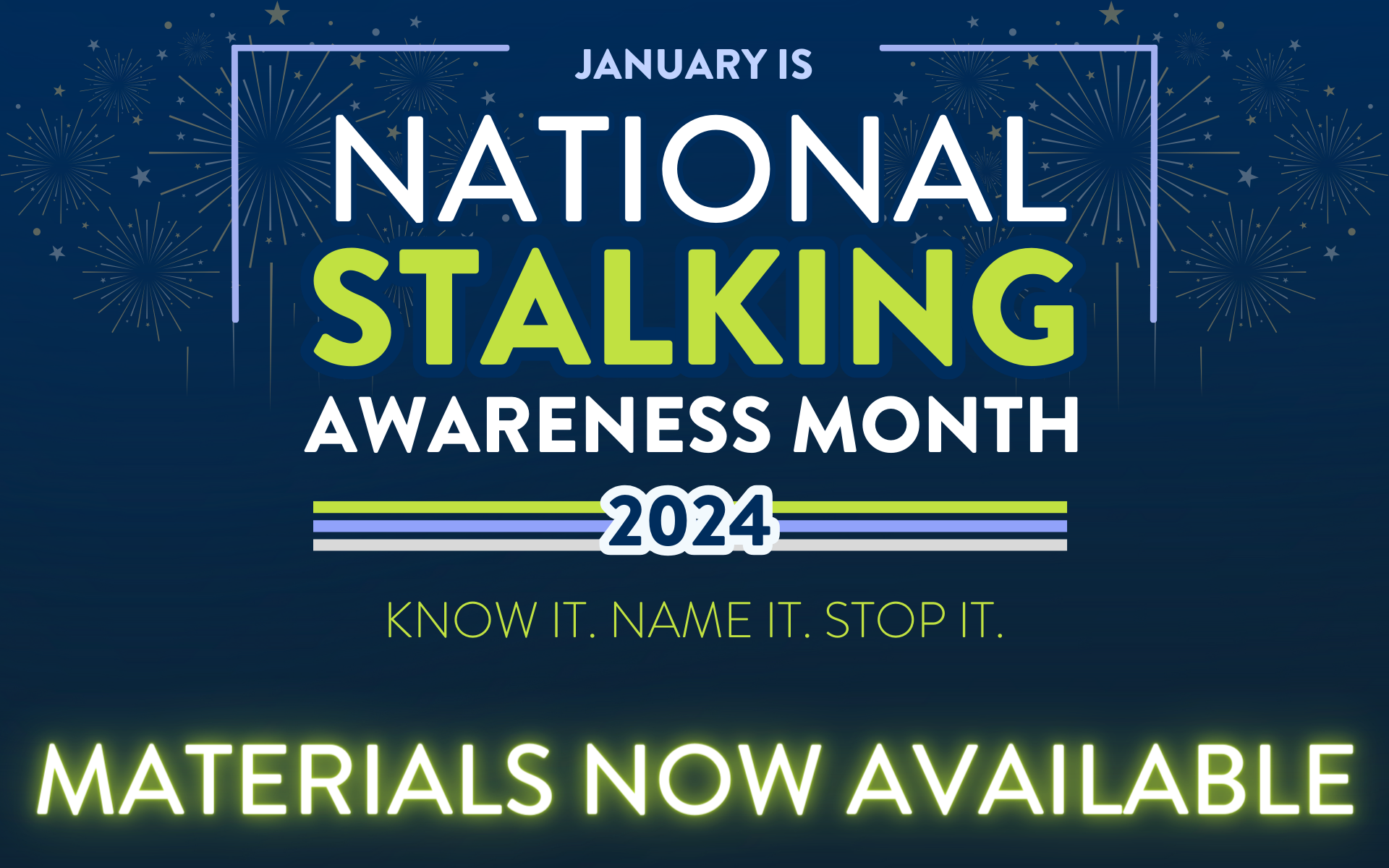Data Privacy Day 2024
/January is National Stalking Awareness Month and January 28 is Data Privacy Day. In observance of these, we recognize four pillars to ensuring both survivors’ and the general population’s well-being: Safety, Privacy, Security, and Access. These guide our work every day in helping to achieve technology safety for all. While they go hand-in-hand, we’ll look at each one below.
Safety: Safety is the result that we are working for when we implement the other pillars. Protecting location, online activity, home and work addresses, or children’s whereabouts may be critical for a survivor’s safety. Survivors have a right to technology and shouldn’t have to choose between staying safe and using a device or platform. Many people rely on the internet to shop, look for jobs, search for resources, and maybe even conduct business as part of their livelihood. Abusers often isolate survivors as a tactic of abuse, and survivors may use the internet to decrease isolation. Strong privacy and security policies and settings, along with access to technology, help keep all of us safe.
Privacy: January 28 is Data Privacy Day, but we – survivors and non-survivors both – always need data privacy. Whether we are talking about everyone’s needs to keep their medical and financial data private, stalking survivors’ needs to know that the platforms they use are not sharing their or their support networks’ information, or privacy benefits everyone. Strong privacy policies, settings, and protections give survivors and everyone else one way to take back control over their digital presence.
Security: Having a secure way to communicate with trusted individuals, seek online resources or help, or have a place to store legal, health, or other personal documents is incredibly important. We share our information when using online spaces, services, and apps and hope that it remains secure. Strong security measures help ensure that personal information does not get into the wrong hands.
Access: Building a platform that centers the needs of its users, including survivors, by design, means considering the accessibility needs of those who have disabilities, speak languages other than the ones spoken by the designers, or have context-specific or culturally specific privacy and safety needs. Accessibility barriers that keep survivors from getting assistance can be a significant safety risk; so can accessibility features and services that require users to make large privacy and security compromises. Accessibility without loss of safety, in products, platforms, and technologies, should be a core tenet of our work.
Building and using technology with all this in mind can be challenging. For survivors, it can be exhausting and terrifying. One encouraging development is that more and more online platforms and services are building in End-to-End (E2E) Encryption to protect the privacy and security of users and their data. We have always been happy to see these announcements and even more thrilled when the platform has clearly also considered safety and accessibility! You can learn more about E2E Encryption by reading the resource that Safety Net developed with the Internet Society to help survivors and service providers understand encryption more.


